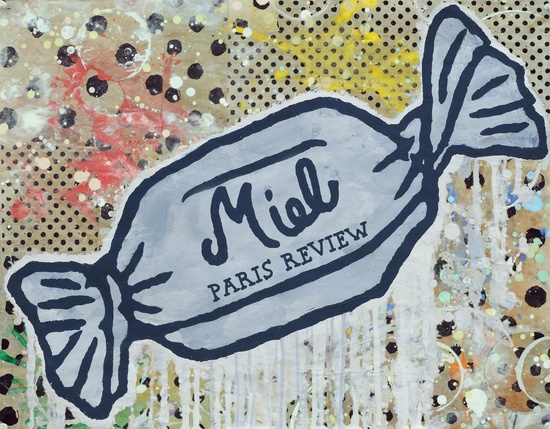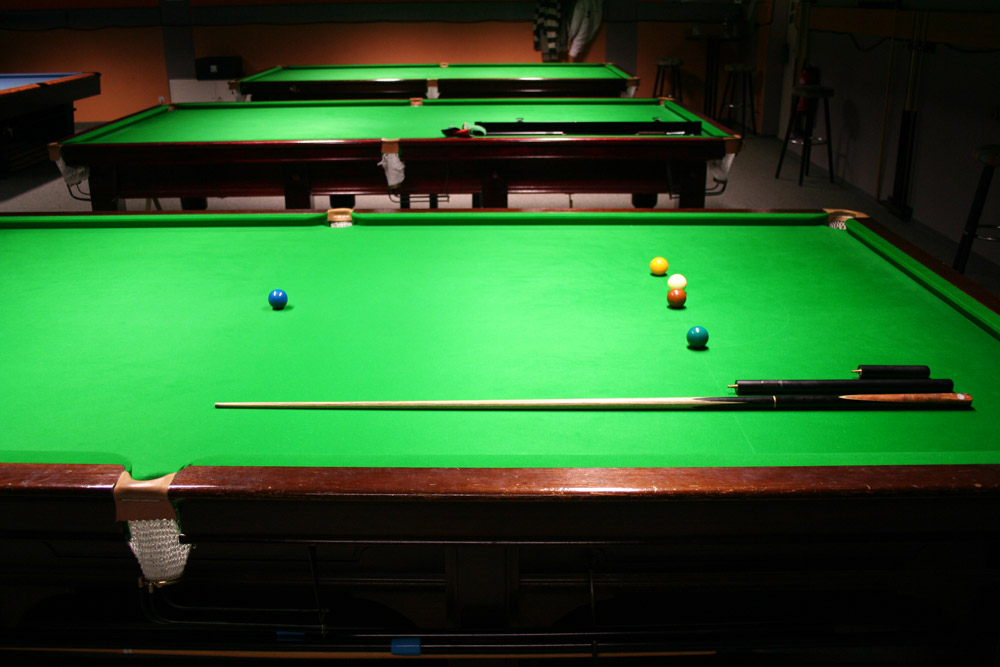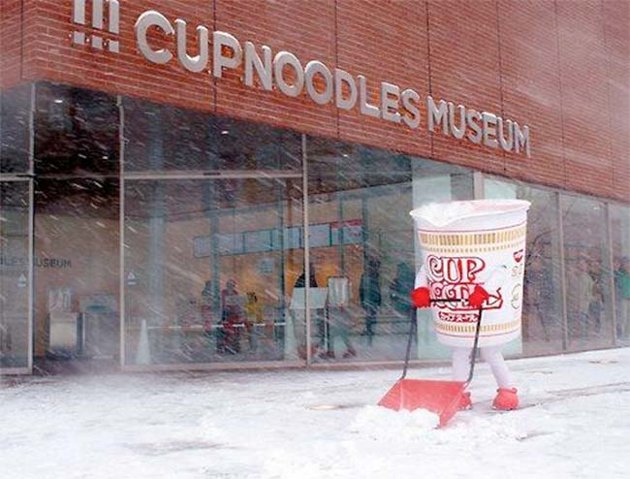Once,teens virgenes anal video sex the trend on TikTok was to own dozens of Stanley cups, displaying each prized possession like an exhibition at a museum. Now, that ideology has been replaced by influencers who have just one Stanley cup and actually use it — a trend called "underconsumption core."
Underconsumption core is framed as the antidote to overconsumption. It seems like a refreshing alternative, and, in some ways, it is. Encouraging people to avoid trends and use what they have despite the aesthetic it might create is a good thing. But why do we have to turn even that — avoiding aesthetic spending — into an aesthetic itself? With underconsumption core, we've created overcorrected away from overconsumption so aggressively that we've created another form of consumerism that keeps us tethered to the same cycle.
SEE ALSO: Huberman husbands and the rise of self-optimizationAs we navigate late-stage capitalism, where our identities are increasingly tied to what we buy or refuse to buy, both extremes — overconsumption and underconsumption — center our lives around consumption.
This past summer I went to a carnival in my neighborhood. I sat on the pirate ship ride, an open-seated gondola that swings back and forth. It made my stomach drop, then crawl back up to stasis and drop again. It's one of the few at the carnival that didn't make me sick — the motions are so predictable. We'll swoop backward, and then we'll overcorrect and swoop forward. It seemed like I could sit on that gondola forever and never get off or get comfortable, either. But when I tested my theory, I found my hypothesis wasn't correct. Eventually, I stopped feeling the effects of the pirate ship ride altogether. Swinging on the ride, I felt I was solid on the ground.
Staying in a constant state of correction has a way of numbing you; after a while, it starts to feel like the only reality. Just as the pirate ship ride loses its thrill, so too does the back-and-forth of consumerism. Underconsumption, positioned as a reaction to overconsumption, is simply another turn on the same ride, swinging us from one extreme to another without ever stepping off.
We're all trapped in a cycle of consumption-centered identity, particularly online. Separating who we are from what — and how — we consume has become a test of great will.
In our late-stage capitalism, fueled by inequality, globalization, and commodification, consumption has become a central identifier. We’re continually pushed between the extremes of overconsumption and underconsumption, but either way, we’re still centering consumerism. You either participate in conspicuous consumption— buying something specifically to show off your economic or social status — or refuse to at all, instead identifying as a minimalist.
The problem is that it might force us to continue the cycle. Right now, it's cool to underconsume — but if that gondola swings back, and history has shown us that it will, returning to old tricks will be all too easy, particularly as we treat it as a trend. American consumer culture thrives on dissatisfaction, and if your move to consume less is purely aesthetic or trend-focused it leaves much to be desired.
Water bottles are perhaps the most infamous culprit of commodity-based trends, but they're not the only items holding our wallets — and self-perception — in a choke-hold. Users were obsessed with the Ugg Tasman Slippers but quickly discarded them after they discovered their heels kept falling out of the shoe. The Dyson Airwrap has become a symbol of aspirational beauty and luxury tech, quickly replaced with dupes — and if you look at the Google trend interest over time, you can see that the cycle for each of these goes in and out of popularity every few months.
It’s not your fault. We live in a society that commodifies everything from emotional vulnerability and love to heartbreak and grief to art and trash. What is the newest way to center consumerism in your life? The underconsumption core trend.
On platforms like TikTok and Instagram, "underconsumption core" encourages buying less, using what you already own, and embracing minimalism. While the trend is a revolt against overconsumption, wouldn't a more helpful response be removing consumerism from our identity altogether?
It’s easy to understand the appeal of underconsumption. Overconsumption has drained our wallets, cluttered our spaces, and rotted our sense of self-worth while flooding our social media feeds with endless suggestions to buy more. But underconsumption, while seemingly different, doesn’t address the core issue. How the trend is presented on TikTok, it centers underconsumption as an aesthetic choice rather than a genuine lifestyle change. It promotes individual action over addressing the larger systemic issues related to consumerism and waste. And, while attempting to move our gaze away from consumerism, it does the opposite.
According to one study from Global Environmental Politics, plenty of efforts are being made to make consumption better for the environment. But progress "needs to be seen in the context of a rising global population and rising per capita consumption, where states and companies displace much of the costs of consumption far from those who are doing most of the consuming." The study argues that there need to be "more global cooperation to mitigate the ecological effects of consumption."
Ultimately, the constant fixation on how much or how little we consume keeps us locked in a cycle where consumerism defines our identity. We’re still on the ride, swinging between extremes, never quite getting off.
Topics Instagram TikTok
 Will Oracle take over TikTok? Trump says he'll make a decision in 30 days
Will Oracle take over TikTok? Trump says he'll make a decision in 30 days
 The top 10 Barbie collabs, ranked
The top 10 Barbie collabs, ranked
 Apple isn't letting Twitter rebrand as X in the App Store
Apple isn't letting Twitter rebrand as X in the App Store
 Public companies now have to report data breaches within 4 days
Public companies now have to report data breaches within 4 days
 What is Google's new unknown tracker alert?
What is Google's new unknown tracker alert?
 Wordle today: Here's the answer and hints for July 28
Wordle today: Here's the answer and hints for July 28
 A brief history of Elon Musk and X, the brand he can't quit
A brief history of Elon Musk and X, the brand he can't quit
 Google 'Ask for me:' AI that calls businesses on your behalf for pricing and availability
Google 'Ask for me:' AI that calls businesses on your behalf for pricing and availability
 The Comfort Revolution is dead. Long live the Comfort Revolution.
The Comfort Revolution is dead. Long live the Comfort Revolution.
 Our Candy Print Makes the Perfect Valentine’s Day Gift
Our Candy Print Makes the Perfect Valentine’s Day Gift
 Remembering Mavis Gallant
Remembering Mavis Gallant
 The top 10 Barbie collabs, ranked
The top 10 Barbie collabs, ranked
 SpaceX will try to achieve 2 impressive feats on Monday
SpaceX will try to achieve 2 impressive feats on Monday
 Common Language by Sadie Stein
Common Language by Sadie Stein
 Céline and This Walking Cup of Ramen Both Know True Hardship
Céline and This Walking Cup of Ramen Both Know True Hardship
 TikTok's baked oats: Are they as good as they look?
TikTok's baked oats: Are they as good as they look?
 Super Bowl LIX livestream: Watch Eagles vs Chiefs on Tubi
Super Bowl LIX livestream: Watch Eagles vs Chiefs on Tubi
 How shady companies got names for fake anti
How shady companies got names for fake anti
NYT mini crossword answers for December 17Best TV deal: Save $400 on the LG B4 55Wordle today: The answer and hints for December 14Best speaker deal: Save $50 on Beats PillPatriots vs. Cardinals 2024 livestream: How to watch NFL onlineBest mesh WiFi deal: Save $105 on Amazon eero 6+ mesh WiFi routerColts vs. Broncos 2024 livestream: How to watch NFL onlineWordle today: The answer and hints for December 16Best Dyson deal: Save $110 on Dyson Airwrap Special EditionBest TV deal: Save $400 on the LG B4 55NYT Strands hints, answers for December 15Pew study: Nearly half of U.S. teens say they're online 'almost constantly'NYT Connections Sports Edition hints and answers for December 15: Tips to solve Connections #83Steelers vs. Eagles 2024 livestream: How to watch NFL onlineBest PS5 deal: Save $75 on PlayStation 5 Digital Edition (Slim)Wordle today: The answer and hints for December 15You can now talk to Google's AI podcast hostsBest TV gift card deal: Save $300 at Best Buy and get a $100 gift card for freeNYT Connections hints and answers for December 16: Tips to solve 'Connections' #554.Rules for blocking or going no contact after a breakup Best deals of the day Oct. 25: A Lenovo laptop for under $100, the Bissell Crosswave, and more Saint of Saints: Barry the Saint Bernard’s Heroic Life On Transcribing the Lyrics to Pop Songs Staff Picks: Barbara Comyns, Russian Art, Derek Parfit What does Grok, the name of xAI's chatbot, mean? NYT's The Mini crossword answers for November 4 Dave Tompkins on a Year of Listening and Hearing Norman Rush on Guy Davenport’s Elusive Prose Harold Pinter’s Gloriously Profane Poem “American Football” Elon Musk wants Twitter/X to be a dating app. It already is. 'Midnights' lyrics that are just so Taylor Swift Poem: The Business of Power But Really, Isn’t Every Day Is Friday the 13th? Delivering Packages to the Afterworld 'Call of Duty MW3' release date – and why its zombies are causing chaos 'Gen V's finale has a Homelander problem Twitter users still resisting X name change months later Looking Back at the Literature of the Obama Years The Value of “Witness Art” Under You Elon Musk realizes advertisers and content moderation matter for Twitter's future
2.4249s , 10528.484375 kb
Copyright © 2025 Powered by 【teens virgenes anal video sex】,Feast Information Network